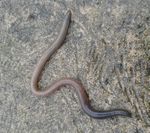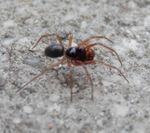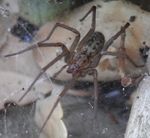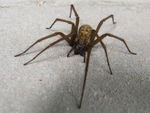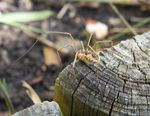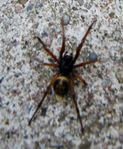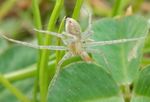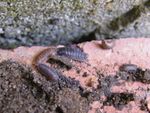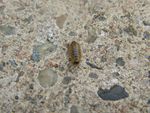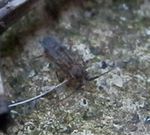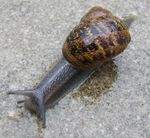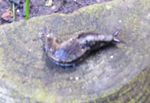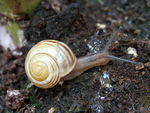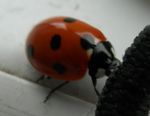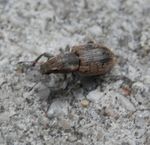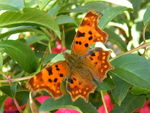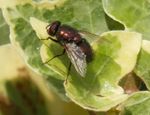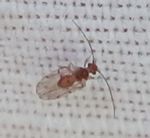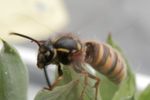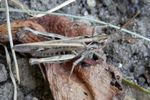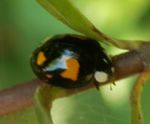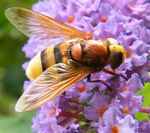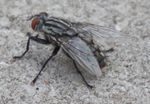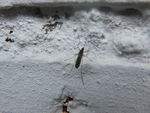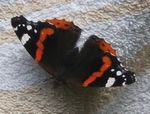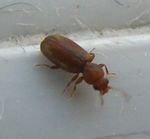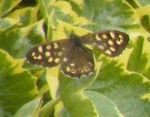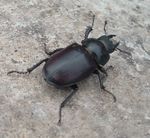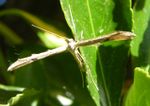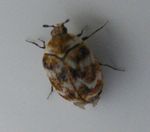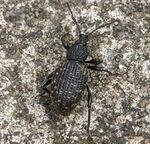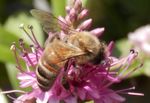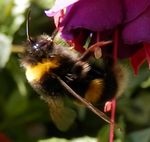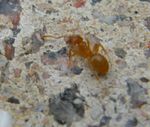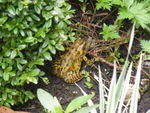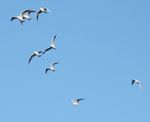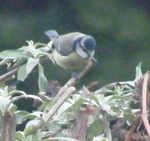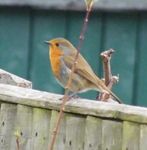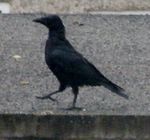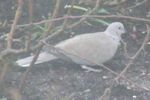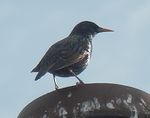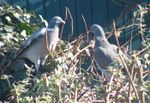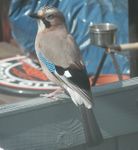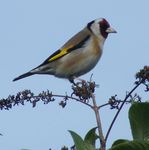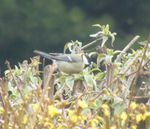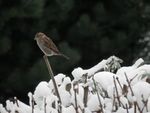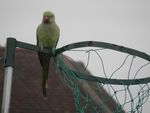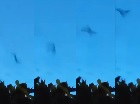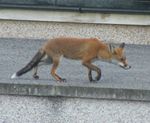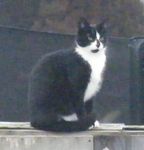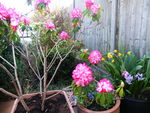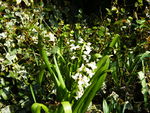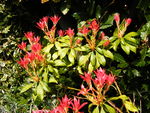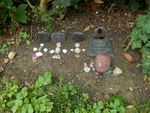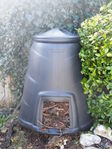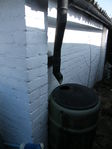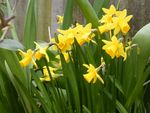Wrythe Public Park
Wrythe Public Park is a park in Wrythe, the capital of the Empire of Austenasia. It is bordered by the Imperial Residence to the south-west, 2 Imperial Road to the north-east, and the United Kingdom to the south-east and north-west. The park was measured by the Imperial Geographical Society on 7 July 2014 and found to be 586 square feet.
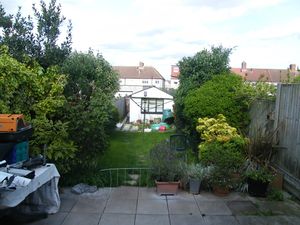
7 May 2015.
History
Wrythe Public Park in its current form was probably created in the 1930s, along with the construction of what is now known as the Imperial Residence. It would therefore have served simply as a residential garden for the best part of eighty years before it came under the sovereignty of the Empire of Austenasia with the Austenasian Declaration of Independence in September 2008. Quickly becoming known as Wrythe Public Park, it was made public property on 18 July 2009 by Law 6 of Act 87 (Property). Under the provisions of this Act, HIM Emperor Terry I was made Sheriff of the park, responsible for its upkeep and administration (a post he continues to hold to this day). The Midget Nation-in-Exile declared the park to be their nominal capital between 4 February 2010 and 9 April 2011, calling it the New Midget Base but never disputing Austenasian sovereignty over it having claimed it simply for cultural reasons.
Since Wrythe Public Park left the United Kingdom and became part of Austenasia, various monuments have been built in the park:
Fauna
Wrythe Public Park is rich in biodiversity. As well as being home to a large number of invertebrates, many non-native animals regularly migrate in and out of the park from the United Kingdom due to the park's small size. The following are animals which are native to or have been sighted in Wrythe Public Park.
All photographs below are of animals in Wrythe Public Park, or taken from or by the park of animals which have been observed within it.
This section is incomplete. You can help by expanding it.
Invertebrates
Annedlids
-
Common earthworm (Lumbricus terrestris).
Arachnids
-
Black lace-weaver (Amaurobius ferox).
-
Erigone dentosa (money spider).
-
European garden spider (Araneus diadematus).
-
Domestic house spider (Tegenaria domestica).
-
Giant house spider (Eratigena atrica).
-
Harvestman (Phalangium opilio).
-
Noble false widow (Steatoda nobilis).
-
Philodromus albidus (running crab spider).
Crustaceans
-
Common rough woodlouse (Porcellio scaber).
-
Common striped woodlouse (Philoscia muscorum).
Entognaths
-
Tomocerus minor (springtail).
Gastropods
-
Garden snail (Cornu aspersum).
-
Arion (slug).
-
White-lipped snail (Cepaea hortensis).
Insects
-
7-spot ladybird (Coccinella septempunctata).
-
Black garden ant (Lasius niger).
-
Clover leaf weevil (Hypera zoilus).
-
Comma butterfly (Polygonia c-album).
-
Common green bottle fly (Lucilia sericata).
-
Ectopsocus (bark lice).
-
European wasp (Vespula germanica).
-
Field grasshopper (Chorthippus brunneus).
-
Harlequin ladybird (Harmonia axyridis).
-
Hornet mimic hoverfly (Volucella zonaria).
-
Housefly (Musca domestica).
-
Marmalade hoverfly (Episyrphus balteatus).
-
Mosquito (Culicidae).
-
Red admiral butterfly (Vanessa atalanta).
-
Red flour beetle (Tribolium castaneum).
-
Speckled wood butterfly (Pararge aegeria).
-
Stag beetle (Lucanus cervus cervus).
-
Tapered Drone Fly (Eristalis pertinax).
-
T-Moth (Emmelina monodactyla).
-
Varied carpet beetle (Anthrenus verbasci).
-
Vine weevil (Otiorhynchus sulcatus).
-
Western honey bee (Apis mellifera).
-
White-tailed bumblebee (Bombus lucorum).
-
Yellow meadow ant (Lasius flavus).
Myriapods
-
Geophilus flavus (soil centipede).
Vertebrates
Amphibians
-
Common frog (Rana temporaria).
Birds
-
Black-headed Gulls (Chroicocephalus ridibundus).
-
Blue Tit (Cyanistes caeruleus obscurus).
-
British Robin (Erithacus rubecula melophilus).
-
Carrion Crow (Corvus corone).
-
Collared dove (Streptopelia decaocto).
-
Common Blackbird (Turdus merula merula).
-
Common Starling (Sturnus vulgaris vulgaris).
-
Common Wood Pigeon (Columba palumbus).
-
Eurasian jay (Garrulus glandarius).
-
Eurasian Magpie (Pica pica).
-
European Goldfinch (Carduelis carduelis britannica).
-
Great Tit (Parus major newtoni).
-
House Sparrow (Passer domesticus domesticus).
-
Indian Ringnecked Parakeet (Psittacula krameri manillensis).
Bats
-
Unknown (Pipistrellus or Eptesicus).
Carnivorans
-
Domestic dog (Canis lupus familiaris).
-
Red fox (Vulpes vulpes crucigera).
-
House cat (Felis catus).
Rodents
-
Eastern grey squirrel (Sciurus carolinensis).
Gallery
-
Rhododendrons, pansies, daffodils and blue hyacinths.
-
White hyacinths.
-
A young pieris japonica shrub.
-
A compost bin set up during the ImEY.
-
A water butt which collects rainwater (technically part of 2 Imperial Road) with which to water the Park's plants.
-
Daffodils
